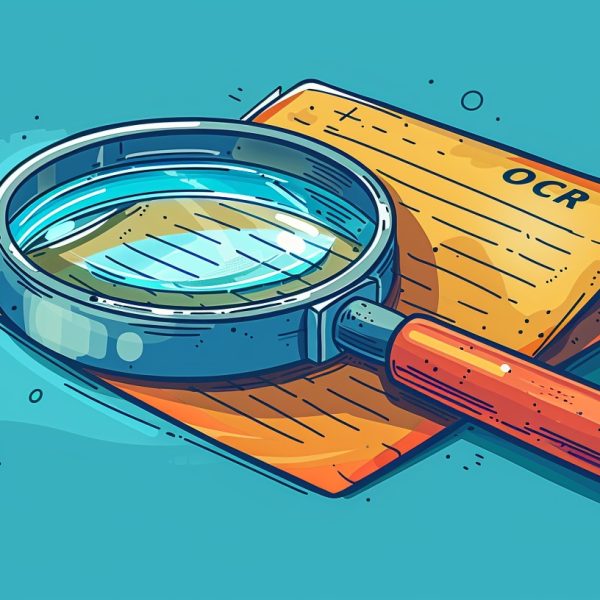In today’s fast-paced digital world, managing physical documents and images can be cumbersome. That’s where Optical Character Recognition (OCR) technology steps in, seamlessly connecting the physical and digital realms. Whether you’re digitizing paper documents or extracting text from images, OCR streamlines the process, making it faster and more efficient.
One of the easiest ways to leverage this technology is through a scanner app for iPhone, turning your device into a powerful tool for capturing and converting text in seconds. But what exactly is OCR, and how does it work? Let’s dive in and explore.
What is OCR?
Optical Character Recognition (OCR) is a powerful technology that extracts text from images, scanned documents, or handwritten notes and converts it into editable, searchable digital text. Using advanced algorithms and artificial intelligence, OCR tools analyze and interpret characters from visual content, transforming them into machine-readable formats with remarkable accuracy.
Initially developed to assist the visually impaired, OCR has evolved into a vital tool for digitizing and organizing information in today’s digital age.
How does OCR work?
OCR operates through a series of carefully designed steps:
- Image preprocessing: The software enhances the image to improve clarity. This involves adjusting contrast, removing noise, and correcting distortions to prepare the image for analysis.
- Text detection: Advanced algorithms scan the image to pinpoint and isolate areas containing text.
- Character recognition: The system analyzes these text regions pixel by pixel, matching patterns to characters in its database to accurately interpret the content.
- Post-processing: The extracted text undergoes refinement to correct spelling errors and address any formatting inconsistencies, ensuring accuracy and readability.

The importance of OCR technology
Optical Character Recognition (OCR) plays a crucial role across various industries and in everyday life. Here’s what makes it indispensable:
- Time-saving efficiency: OCR eliminates the need for tedious manual data entry, streamlining workflows.
- Enhanced accessibility: By converting text into formats compatible with screen readers, OCR empowers visually impaired users.
- Searchable text: it transforms images into searchable documents, making it easier to locate information quickly.
- Process automation: From scanning invoices to processing forms, OCR simplifies and automates repetitive tasks.
Applications of OCR
OCR technology offers a wide range of applications across various industries. Here are some of its most common uses:
- Document digitization: Transform physical documents into editable and searchable digital files, streamlining workflows and reducing paper clutter. For example, there is an OCR feature in the iPhone scanner app, which allow users to easily digitize documents, receipts, and notes directly from their smartphones.
- Automated data entry: Extract key information from receipts, forms, and invoices, saving time and minimizing errors.
- Accessibility enhancements: Convert printed text into speech or braille, making content more accessible for individuals with visual impairments.
- Language translation: Extract text from images or documents for seamless translation between languages.
- Legal document processing: Efficiently manage and process contracts, agreements, and other legal paperwork.
These are just a few examples of how OCR can simplify tasks and improve efficiency.
Advantages of OCR tools
Optical Character Recognition (OCR) tools come with a range of benefits:
- High accuracy: Advanced OCR technology ensures precise text recognition, minimizing errors.
- User-friendly: These tools streamline complex tasks like document indexing, making them efficient and straightforward.
- Cost-efficient: By automating processes, OCR tools significantly reduce reliance on manual labor, saving both time and money.
- Scalable solutions: Designed to handle large volumes of documents with ease, OCR tools adapt seamlessly to growing demands.
Getting started with OCR tools
Getting started with OCR tools is simple. Follow these steps to make the most of them:
- Choose the right tool: Select an OCR tool that aligns with your specific needs and tasks.
- Upload a high-quality image: For the best results, ensure your image is clear and high resolution.
- Extract and refine: Let the tool process the image, then review and edit the extracted text as needed.
- Save or share: Export the final text into a document or PDF format for easy use or distribution.


